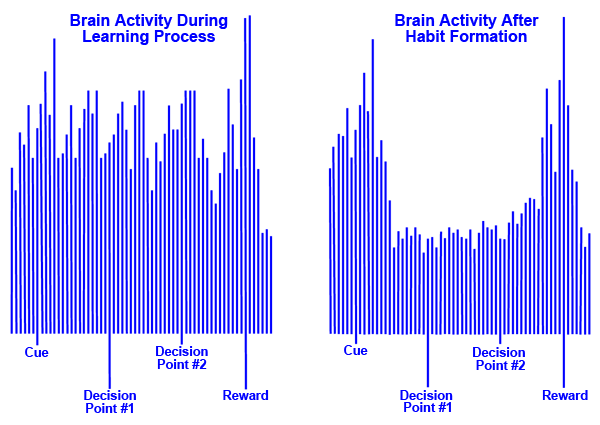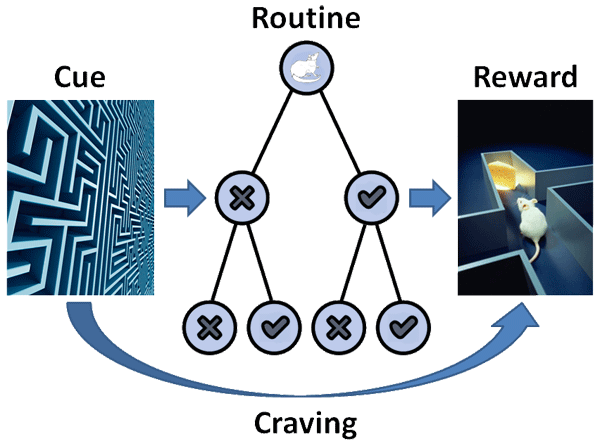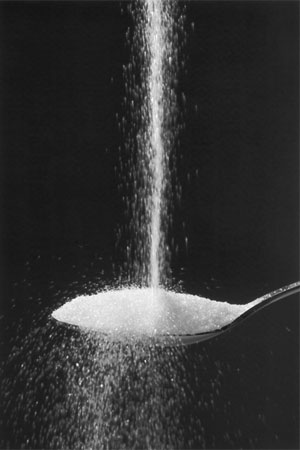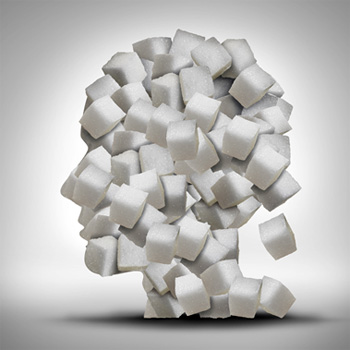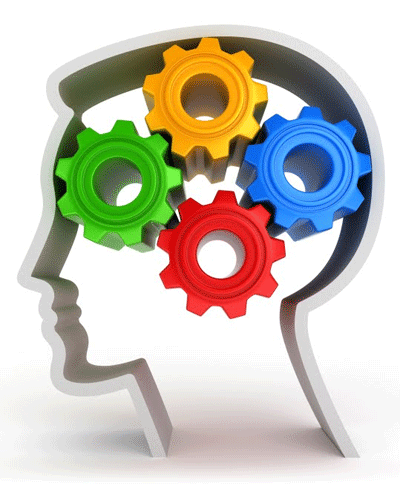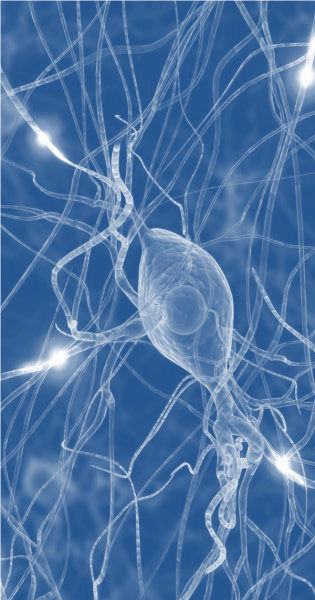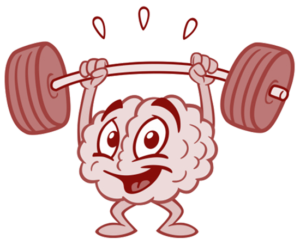 In the far Northern reaches, a group of sled dogs gain a much-needed rest from their master. Off in the distance, a hungry polar bear approaches, causing great alarm among the pack and their master. When the bear arrives, the lead dog signals the intent to play, and the bear goes along. Threat averted!
In the far Northern reaches, a group of sled dogs gain a much-needed rest from their master. Off in the distance, a hungry polar bear approaches, causing great alarm among the pack and their master. When the bear arrives, the lead dog signals the intent to play, and the bear goes along. Threat averted!
Play is pervasive in the animal kingdom. Yet it’s incredible to think that the desire for play can take precedence over the survival instinct. After all, to the casual observer, play is a seemingly purposeless expenditure of time that provides a pleasant diversion from the ordinary business of life. But the impulse to play is a biological drive. And as Dr. Stuart Brown details in Play: How It Shapes the Brain, Opens the Imagination, and Integrates the Soul, play has been proven scientifically to be an incredibly useful activity.
Our brains self-create as a function of the environments in which they operate and the experiences they amass. Play stimulates secretion of brain-derived neurotropic factors (BDNF) that the brain uses to build and maintain its cellular circuitry. BDNF improves neural function and helps enrich and shape neural connections. Play also helps the brain gain experience in contrived settings that can be deployed in real life circumstances – e.g., practicing karate with friends at a dojo that can be used if and when a physical threat arises. And, of course, play provides a low-risk setting to discover and cultivate all those wonderful skills.
Play optimizes the mind-set to improve alertness, attention, and motivation. Transforming a learning experience from rote memorization to a playful game vastly improves engagement in the moment and retention after the fact. The more experimentation with the “game,” the greater the comprehension of how the subject matter at hand works.
Play confers skills that bolster emotional intelligence. Players learn how to cooperate, how to navigate difference, and how to establish and maintain trust. They also learn how to discern who has their backs and who is gunning for them. Belonging is an outgrowth of social play.
Play is essential for aging gracefully. Studies consistently link favorable health outcomes with adults who continue to explore, play games, and learn throughout their lives. They’re not only less susceptible to dementia, they’re less likely to suffer from heart disease and other ailments seemingly unrelated to the brain.
Play and work are mutually supportive. In both, we learn new things, exercise our creativity, develop our skills, forge relationships, stretch ourselves, and achieve goals. Play helps us cope with work-related stress and personal difficulties while providing a sense of expansiveness that allows for clear thinking. It can provide the space for the critical insight that solves a problem or illuminates an opportunity. And, as Dr. Brown notes, “true play that comes from our own inner needs and desires is the only path to finding lasting joy and satisfaction in our work.”
